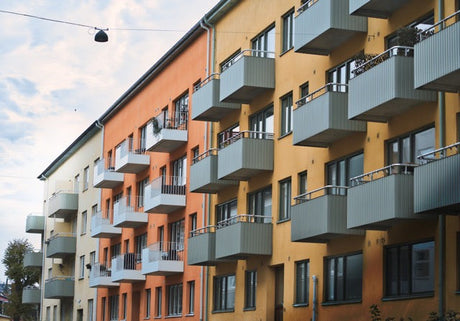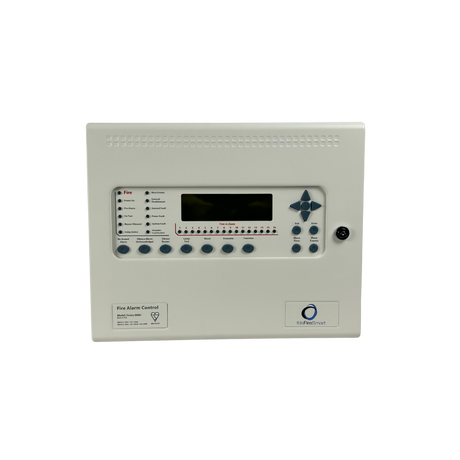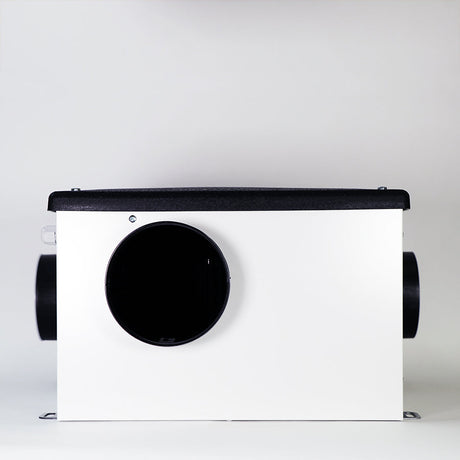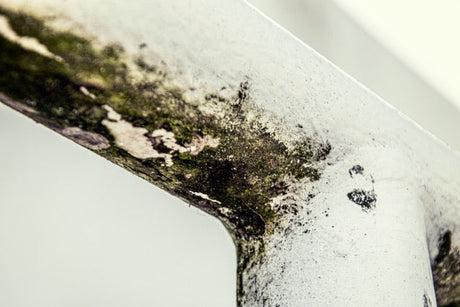BSB Fire & Smoke Damper Installation Checklist
📋 Pre-Installation
☐ Correct damper model and size supplied.
☐ Damper fire rating matches barrier rating.
☐ Orientation matches manufacturer’s requirements (vertical/horizontal).
☐ Structural opening is correct size and type (concrete, blockwork, partition, etc.).
☐ Access for future inspection/maintenance confirmed.
🛠️ Installation
☐ Damper installed in correct barrier construction per BSB tested details.
☐ Damper fixed with approved brackets/angles/fasteners only.
☐ Blades set in closed position during installation.
☐ No modification made to damper (cutting, drilling, welding, etc.).
☐ Gaps sealed only with approved fire-rated sealant or materials.
☐ Ductwork connected without imposing load/stress on damper frame.
☐ Actuator/linkages installed in correct position with clearance for movement.
☐ Adequate access panel fitted (minimum clear opening per standards).
☐ Damper correctly labelled for identification.
✅ Post-Installation / Commissioning
☐ Damper operation tested manually (opens/closes freely).
☐ If motorised/smoke damper: actuator wired, powered, and signal tested.
☐ Closure verified from fire alarm system or fusible link as applicable.
☐ Damper closes fully and seals correctly.
☐ Functional test results recorded in commissioning sheet.
☐ Installation signed off by competent person.
🗂️ Ongoing Compliance
☐ Damper location and details added to building’s fire safety logbook.
☐ Maintenance frequency agreed (minimum annual test per BS 9999 / RRO 2005).
❌ Don't Do List (Critical Points)
✘ Don’t bodge or modify dampers (cutting, drilling, welding, bending).
✘ Don’t use expanding foam or non-fire-rated materials for sealing gaps.
✘ Don’t fit the damper in a wall/floor construction that hasn’t been tested with that model.
✘ Don’t block access to dampers with ductwork, walls, or services.
✘ Don’t force blades open/closed during installation.
✘ Don’t assume all dampers are installed the same way — check specific BSB guidance.
✘ Don’t neglect documentation — always record damper location, model, fire rating, and commissioning results.
✘ Don’t forget ongoing maintenance — dampers must be tested at least annually.





